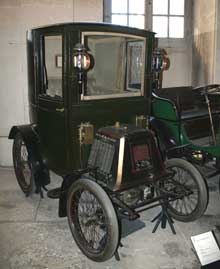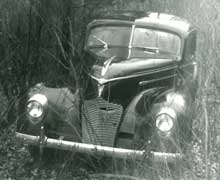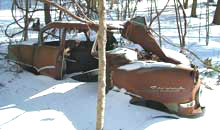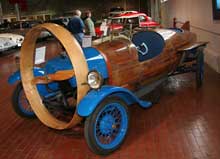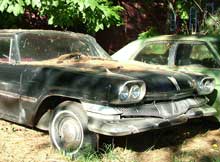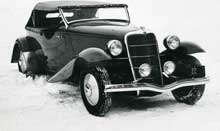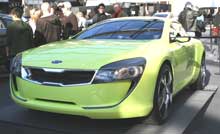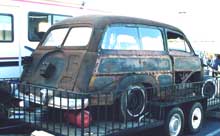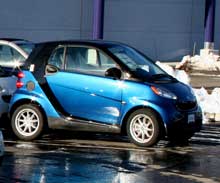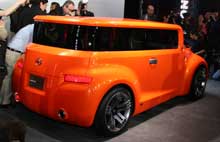
New York’s International Auto Show is, like Easter, a movable feast. Following the first full moon in Spring, in western cultures it can fall as early as March 22nd or as late as April 25th. The New York show, which opens on Easter weekend, is the last of the North American auto expos, but last is not least and there’s never a shortage of new models and concepts to introduce. This year’s Big Apple roll-outs started on Wednesday.
Each show begins with a breakfast for the pundits, this year keynoted by new Chrysler and ex-Home Depot honcho Robert Nardelli. Taking a page from Harry Jewett, he proclaimed a “New Day” at Chrysler and described a program of “right sizing” the mix of models, options and inventory (in other words, bloodletting). New models will follow, as will expansion in Asia and Europe. Closing of the Pacifica design studio was attributed to “globality.” Does that mean outsourced, perhaps offshore, design?
Manufacturer debuts included the 2009 Acura TSX, a rather bland Nissan Maxima and a new-generation Honda Fit. Mercedes-Benz is agog with their clean BlueTEC diesel, introduced for the 2009 M Class with a fit of electioneering. Next door, BMW rolled out a 4th-gen M3 convertible and announced that their new diesels are just as clean as Mercedes’ and have twin turbos to boot. Porsche took the stage to introduce the Boxster RS60. The boldest concept was Scion’s Hako coupe, a retro caricature of a slammed Essex coach.
Over at the GM stand, vice chairman Bob Lutz announced three new rear-drive Pontiacs, a coupe version of the Solstice sports car and a 400-hp G8 GXP sedan, the latter available with 6-speed manual transmission. Novel was the G8 derivative they’re calling “Sport Truck,” real name to be the subject of a contest. It is, in fact, a knockoff of the Australian Holden Omega, so I’m inclined to call it “Cute Ute.”
Best speaker of the day was Jim Press, a Toyota transplant now vice chair at Chrysler. Eclipsing his boss, Press dazzled the press with a glib intro for new Dodge Challenger models, reprising the mild-to-muscle intermediate coupe of the 1970s. Available as an entry-level V6 SE model, the Challenger includes an R/T version with 5.7-liter Hemi and tops out as an SRT8, announced in Chicago, with 6.1-liter LS3 Hemi making 425 hp and available with 6-speed shift-it-yourself gearbox.
Over on the Lamborghini stand, the Lambo Ladies demonstrated Lambo doors and unmasked the new Gallardo LP560-4, a 552-hp sprinter with 0-60 time under four seconds that first met the public in Geneva.
Every circus has its sideshows, and New York doesn’t disappoint. For old-car lovers the LeMay Museum has assembled a display at the south end of the lower level, many of the cars from the Bulgari collection. These ranged from a 1934 Studebaker Land Cruiser to a Ford GT, and included novelties like Fred Flintstone’s prehistoric people mover. The exhibit lasts through this Sunday only.
The real curiosities hug the back wall of the lower level. The AirCar from Milner Motors claims to fly, but hasn’t been tested yet. A wingless version will carry four passengers on terra firma with electric power. The Iconic GTR, an 800-hp roadster, is a high-tech amalgam of carbon fiber and chrome moly with a computerized gas cap. The Ellis family from Florida is showing a line of tricycle trucks called “Trifun.” Presently manufactured in China, a US assembly plant is planned. There’s more than one way to skin a Corvette. The Karvajal is a contemporary conversion, while Ed Monahan will make your C5 look like Tod and Buzz’s ’62.
Celebrities on hand included embedded reporter Gregg D. Merksamer and television producer Dennis David, who had trouble deciding which Bentley to buy.
CarPorters will have a feeling of deja vu at the New York show. Making their North American debuts are BMW’s CS coupe concept, the Saab 9-4X Biopower and Volvo’s production XC60, all of which were scooped last week right here at the CarPort. The show runs through Sunday, March 30th, at the Jacob Javits Convention Center.

